Our current projects are in Bhutan, Mexico, Mongolia , the Marquesas , Canada, Peru, Ecuador, Papua New Guinea and the USA . We are also developing projects with indigenous communities in Costa Rica, Chile and Kenya. Each of our projects is unique as the requirements of each community are different. Summaries of our current projects are below and our project reports explain more about our approach, objectives and impact.
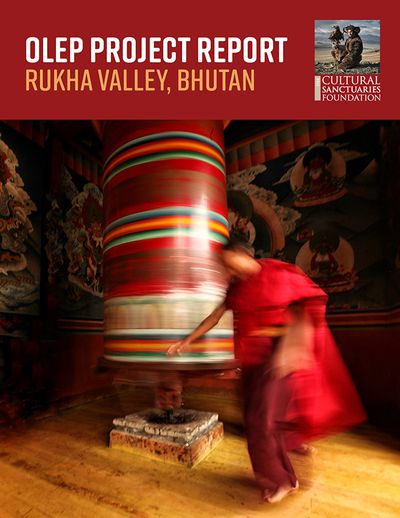
1. Bhutan – The Olep community of Rukha
Bhutan’s government and royal family are visionary in taking a long-term, holistic view on all decision making relating to its people and land. By way of just one example, 70% of the country is required by law to remain under forest cover. But Bhutan’s culture is under threat. We work, alongside our project partners at The Tarayana Foundation, with the Olep people, Bhutan’s oldest indigenous community., in the stunning Rukha valley. When we first visited, the Olep told us that they were fearful of the local youth moving away and of their culture fading. Only three people could still fluently speak the Ole language. It has been an honour to work with the community and now to call them our friends. With them, we have created the first dictionary of Ole, which is now being taught to all the local children, and we have built a community centre that doubles as a homestay to welcome visitors. It opened in the autumn of 2019. The Bhutanese government now wants to replicate our Rukha project in 21 other areas.
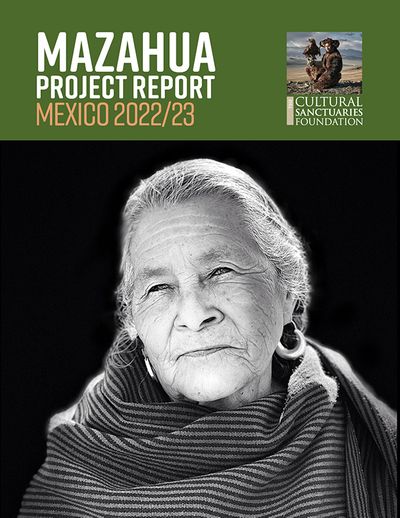
2. Mexico – The Mazahua of Michoacan
In the state of Michoacan, we are working with the Mazahua community in the town of Crescencio Morales to protect and promote the Mazahua culture and language. Living in the buffer zone around the famous Monarch Butterfly Reserve, the Mazahua are proud and strong but their culture is under great threat. Many Mazahua leave to find work in cities and abroad and the forces of commerce, modernity and deforestation are having a profound effect on the connection of the community to their roots. The culture has been stretched and the Mazahua language is increasingly not known by the young. We have created the Casa de la Cultura Mazahua in Crescencio as a gathering place for the community, a focus for workshops, crafts, textiles, music, dance and Mazahua language lessons and a vibrant destination for locals and tourists to learn all about Mazahua culture and traditions and the local forest. Its official opening was celebrated in September 2025. See www.mazahuaculturalcenter.org
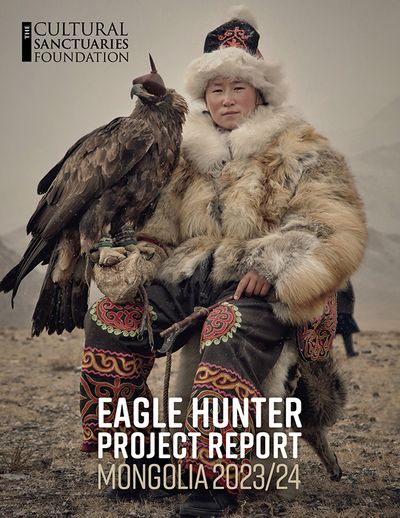
3. Mongolia – The eagle hunters of the West
In the West of Mongolia, we are working with the Kazakh eagle hunters. The community is made up of kind, hardy and family-focused people and to witness the extraordinary relationship between the falconers, their huge golden eagles and their horses is to see something as astonishing and mesmerising as it is unique. But the local grasslands (which are essentially akin to 'upside-down rainforests') are desertifying, the winters are shortening, water is becoming more scarce and animal behaviours are changing. The way of life of the eagle hunters is increasingly under pressure. Working with the community and our project partners, the Kazakh Falconry Association, the Wildlife Science and Conservation Centre of Mongolia and Nomadic Expeditions, we have created the first ever Eagle Hunter Cultural Centre to support the falconer community, their traditions and culture. The Centre's official opening was celebrated in October 2024. See www.eaglehunterculturalcenter.com.
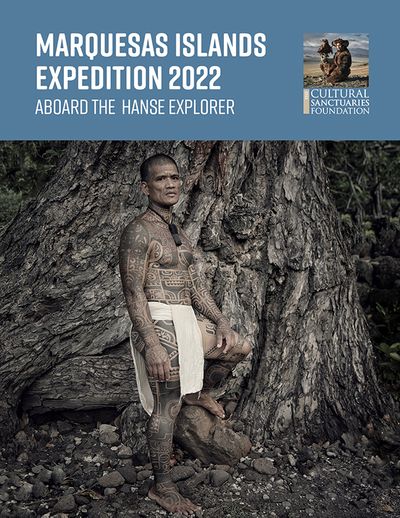
4. The Marquesas – At the Heart of the Pacific Ocean
The Marquesan islands in French Polynesia are some of the most remote and beautiful in the world. The culture and language of the six inhabited Marquesan islands of Nuku Hiva, Tahuata, Hiva Oa, Fatu Hiva, Ua Pao and Ua Huka were almost crushed by decades of colonisation and the church but their revitalisation, started in the 1970s by a handful of passionate and determined islanders, can now stand - strong and full of joy - as a role model for the world. We are working with the Marquesan community to create a community cultural centre on the island of Nuku HIva to represent the culture and language of all six of the islands, each with its unique artwork, dance, song, drumming, cuisine and traditional tattooing. The centre will also promote and celebrate the biodiversity and conservation of the islands' majestic forests and surrounding ocean. Phase 1 of this project was completed in December 2023. Phase 2 awaits completion of an archeological survey.
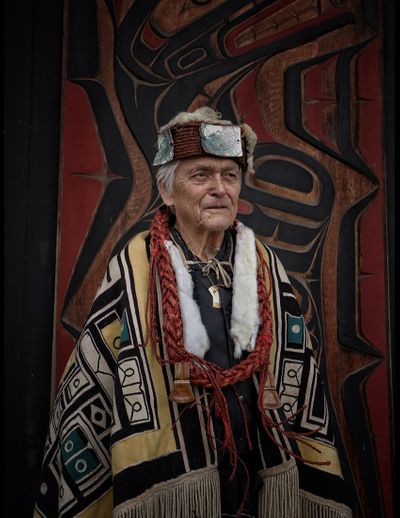
5. Canada – the Kwakwaka’wakw community in Alert Bay
The Kwakwaka’wakw community and the team at the U’Mista Cultural Centre in Alert Bay have done a remarkable job over recent years in successfully repatriating most of the potlatch masks and other regalia stolen from the community a hundred years ago. They have worked tirelessly, determined to protect their culture and identity against extraordinary odds pitted against them through the centuries. We have known the U’Mista team for many years. When we met with them in the Spring of 2024, they said that their most urgent need was to protect their traditional language of Kwakwala. We have therefore partnered with them and the Ni’noxsola council of remaining Kwakwala speakers to create a recording studio pod, complete with all the technology that the language team need to complete a Kwakwala dictionary and to record and teach the language. The studio opened in the Spring of 2025.
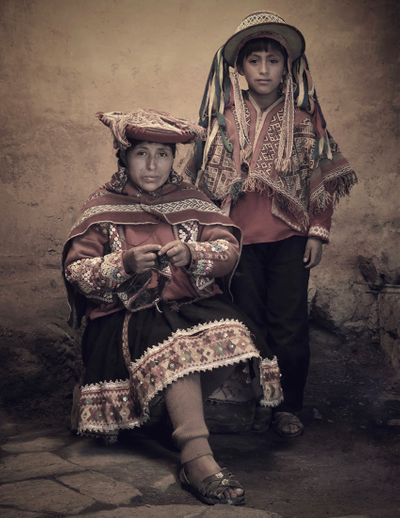
6. Peru – the Quechuan weaving community in the Andes
This project will support the artisanship of ten Quechuan communities living in the Peruvian Andes and, in particular, the 500 traditional weavers and their families whose livelihoods depend on these endangered skills. Partnering with the The Center of Traditional Textiles in Cusco co-founded in 1996 and run by Nilda Callañaupa Alvarez, we are documenting the endangered pre-Columbian weaving techniques - from their start (the collection of plants from the Andean jungle) to the natural dye processes used and the design, making and completion of the textiles by the weavers; creating a permanent archive of photos, videos and other recordings of the local traditional Quechuan weaving and weavers; and creating a series of photographic portraits of the Quechuan weavers working with CTTC who hold and practice these endangered skills and the younger generations that they are passing them on to.
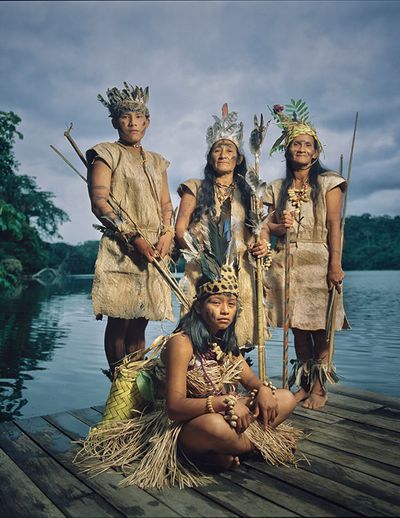
7. Ecuador – The Chachi community of the Choco
The land of the 17,000-strong indigenous Chachi community in the high cloud forests of the Choco region of Ecuador is under duress while the local culture, traditions and wisdom of the Chachi people and their language Cha’palaa are equally at risk. Working with the local community leaders and leading conservation group, the Jocotoco Conservation Foundation, this project is designed to protect and celebrate the traditional dance, music and textiles of the Chachi community. Fast disappearing and with the remaining elders who know the songs, dances, instruments and stories getting ever more frail, we will support the documentation and teaching of these techniques so that they are passed to the next generation and protected into the future. As part of this, we will hire music and dance masters and instrument and textiles makers for a 6 month period to do workshops to train young people (200 in music and 300 in dance) and to help safeguard their precious ancestral knowledge. Around 125 traditional costumes will also be made.
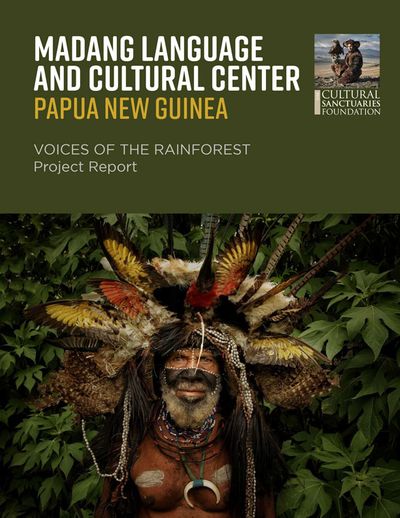
8. Papua New Guinea – The tribes of Madang province
This project involves the creation of a language and cultural center for the indigenous tribes in Baitabag village in the area of Madang in PNG. The Center will help the tribes to protect and promote their culture, languages and traditions in an area which is not only home to some of the planet’s richest biodiversity but is also the most concentrated area for cultural and language diversity in the world. Some 850 languages, all endangered, are spoken in PNG, with around 280 of those in Madang province alone. The Center will be the first of its kind and will complement the science, education and conservation work being done by the Binatang Research Centre, PNG’s leading conservation organization. Schools with 24,000 students, a large university and an important teacher training college are all close by and, overall, we expect that the Center will be accessible, on foot or via short drives, to more than 60,000 people speaking over 50 languages. Construction will begin the coming months.
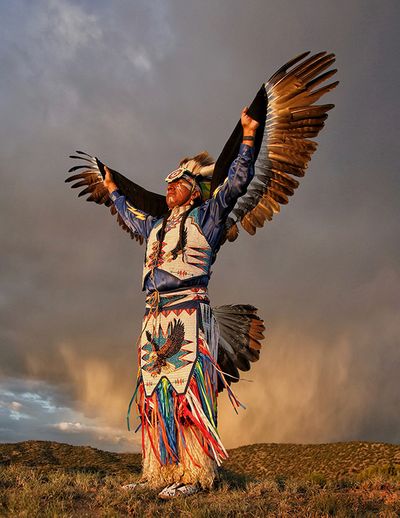
9. First Nations documentation project
This project will document the dances, rituals and regalia of Native American and First Nations communities across the USA and Canada. It is designed to show Native American and First Nations culture and pride as they are today and undergoing a remarkable revitalization. It will celebrate the dances and gatherings, pow wows and potlatches across these two vast and beautiful nations, from the traditional igloos in the ice of Inuit Nunavut in Canada and the Yupik dances rituals of Western Alaska to the Navajo lands of the Four Corners, the grasslands of Montana and the islands of Hawai’i. It will center on a series of stunning photographic portraits by CSF co-founder and cultural photographer Chris Rainier with a view to a representative selection of the photographs appearing in a photographic book as well as being given to all the communities, Nations and individuals featured for their own collections and for future generations. The project will take four years to complete.
“Indigenous people’s rights need to be protected in the best way possible,…They are the most effective stewards of these key areas.” Victoria Tauli-Corpuz, former UN Special Rapporteur on the Rights of Indigenous Peoples
